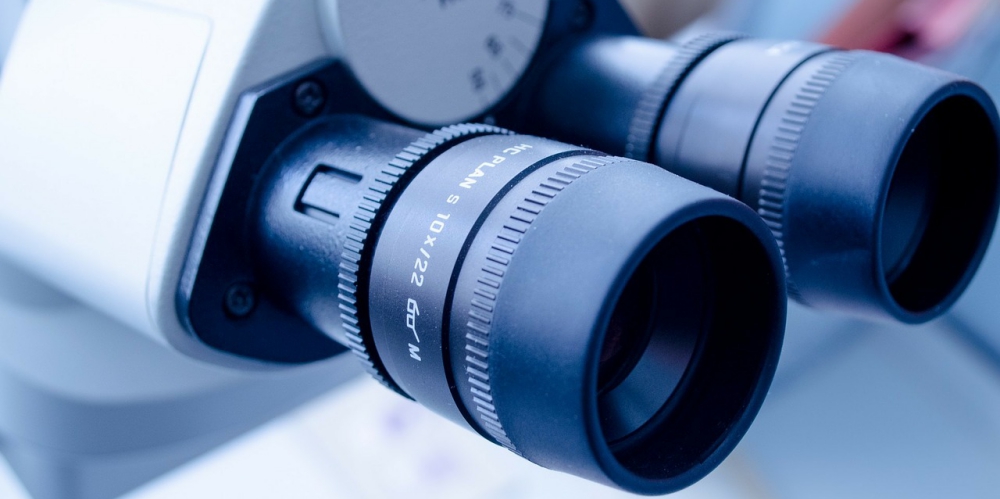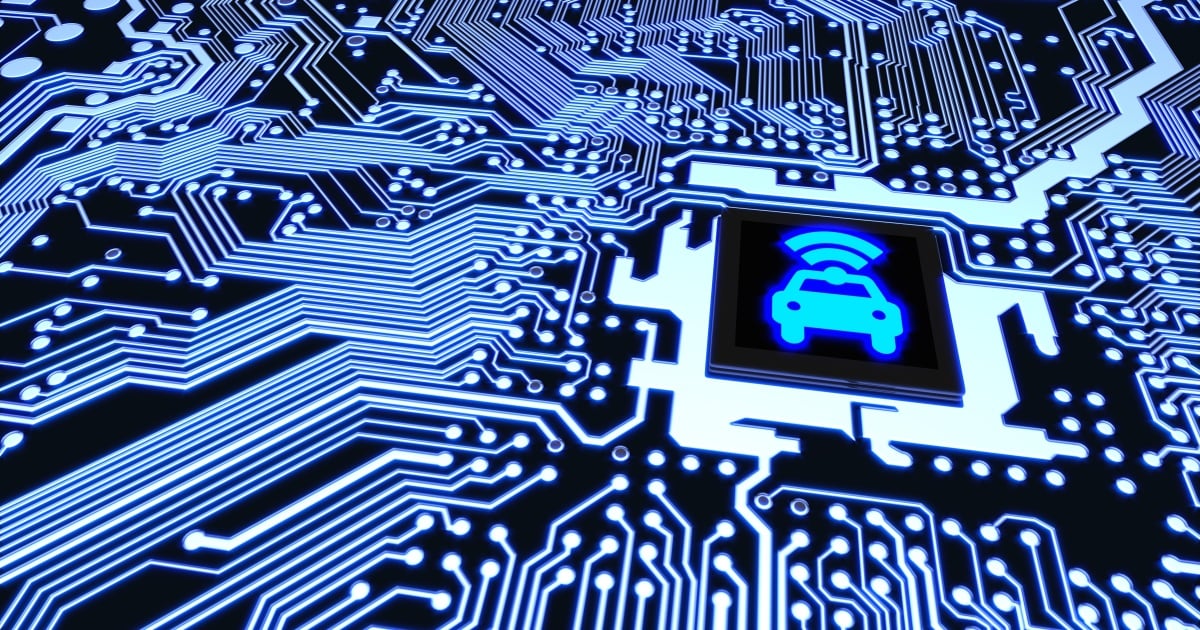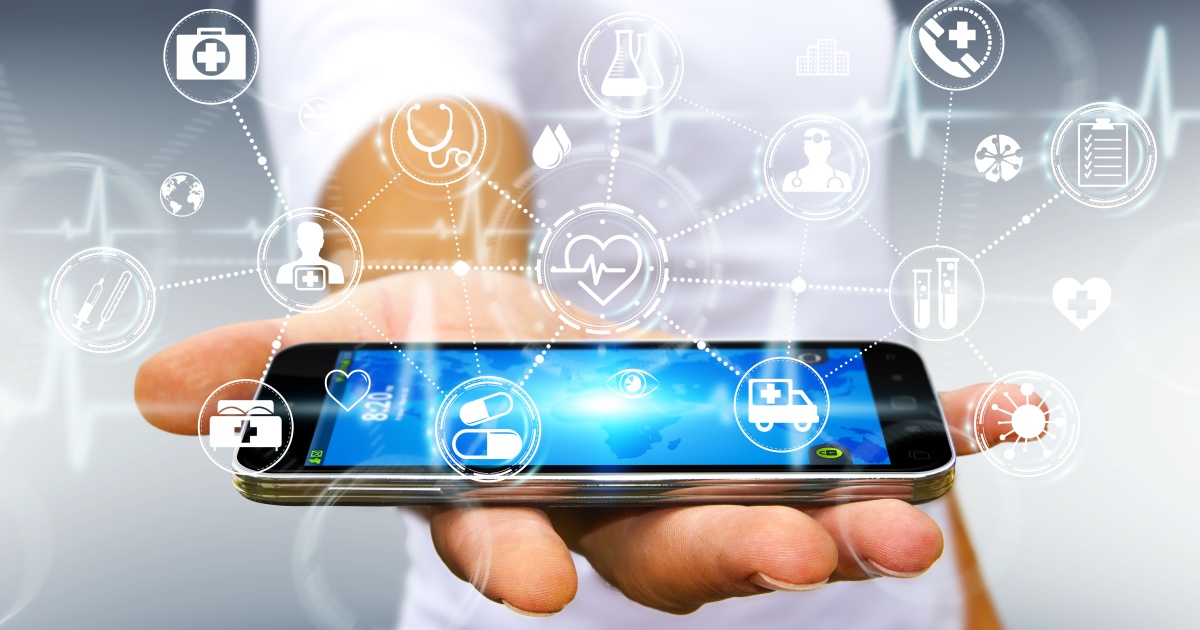
One thing the US government is doing right is investing in technologies that have the potential to save lives – at scale.
The most interesting tenders we’ve seen at the beginning of this new year came from the US Department of Homeland Security (DHS), and it is not your ordinary “RFP” or “RFI.”
In fact, this is a different kind of RFI – not just a “Request for Information” but a request for innovation.
DHS announced last year it had contracted through its Science and Technology Directorate (S&T) a service to coordinate and run projects leveraging emerging technologies, including IoT solutions, supporting the homeland security mission.
Out of the gate this year, the S&T’s First Responders Group (FRG) is partnering with the Center for Innovative Technology (CIT), Smart City Works and TechNexus to launch the Smart City IoT Innovation (SCITI) Labs to prototype internet of things (IoT) and smart city technologies for emergency response and management.
This effort focuses on extensive validation and go-to-market support through industry partners.
SCITI Labs is accelerating the actuation of new technologies, orchestrated and integrated in order to create reliable, secure and resilient support mechanisms for first responders in the context of this project. The initiative aims to have smart city and IoT capabilities commercially available for first responders by 2020.
The call for applications opened January 4, 2018, and requires an abbreviated response expressing interest by January 18, 2018, with invited final responses due by February 15, 2018. According to the SCITI engagement webpage, “This is a rolling submission process; applications will be processed as they are received.”
We will continue to follow the progress of this important project, including publishing the companies invited to submit more detailed final responses in mid-February, and will share performer selection at the beginning of March.
There are three areas of interest, with more detail on the SCITI page:
- Navigation and Sensors. Autonomous navigation for indoor drones in support of search and rescue missions in difficult environments such as fire or earthquake damaged structures. Separate prototypes are also sought for two sensors either hand-carried or mounted on the drones: a WiFinder sensor for smart phone signals, and a thermal sensor for detecting the heat signatures of people or other living creatures.
- Indoor building sensor suite. Prototypes are sought for sensors such as digital image, video, thermal or WiFinder to be mounted on fixed indoor building features such as smoke detectors or EXIT signs. Sensor processing will be able to establish baseline layout of indoor space throughout a building, and perform change detection in case of events that impact interiors and/or occupants.
- Smart Hub. Prototypes are sought for a body worn responder interoperability platform that integrates personal area network communications with third-party sensor packages (e.g. integrated voice/coms, indoor building sensor suites). Additionally, the Smart Hub will be required to communicate with non-body worn sensors such as smart building or smart city technologies. Use cases include, First Responder situational awareness and enhanced support of mission-critical operations.
First round stand-alone prototypes will be funded at $50K each; if a company proposes to integrate more than one area (for example, a combined WiFinder/thermal sensor) the funding may be increased. Second round prototypes will be funded at $100K. Extensive support will be provided for requirements, user feedback, capability validation and go-to-market strategy.
A simple form starts the application. The FRG and the SCITI team will screen for the technical fit of each proposed capability, and applicants that provide a good fit will be requested to upload more detailed information about their company and offering. The FRG and SCITI will then request electronic or in-person discussions with selected companies before final selection.
Edited by
Ken Briodagh





